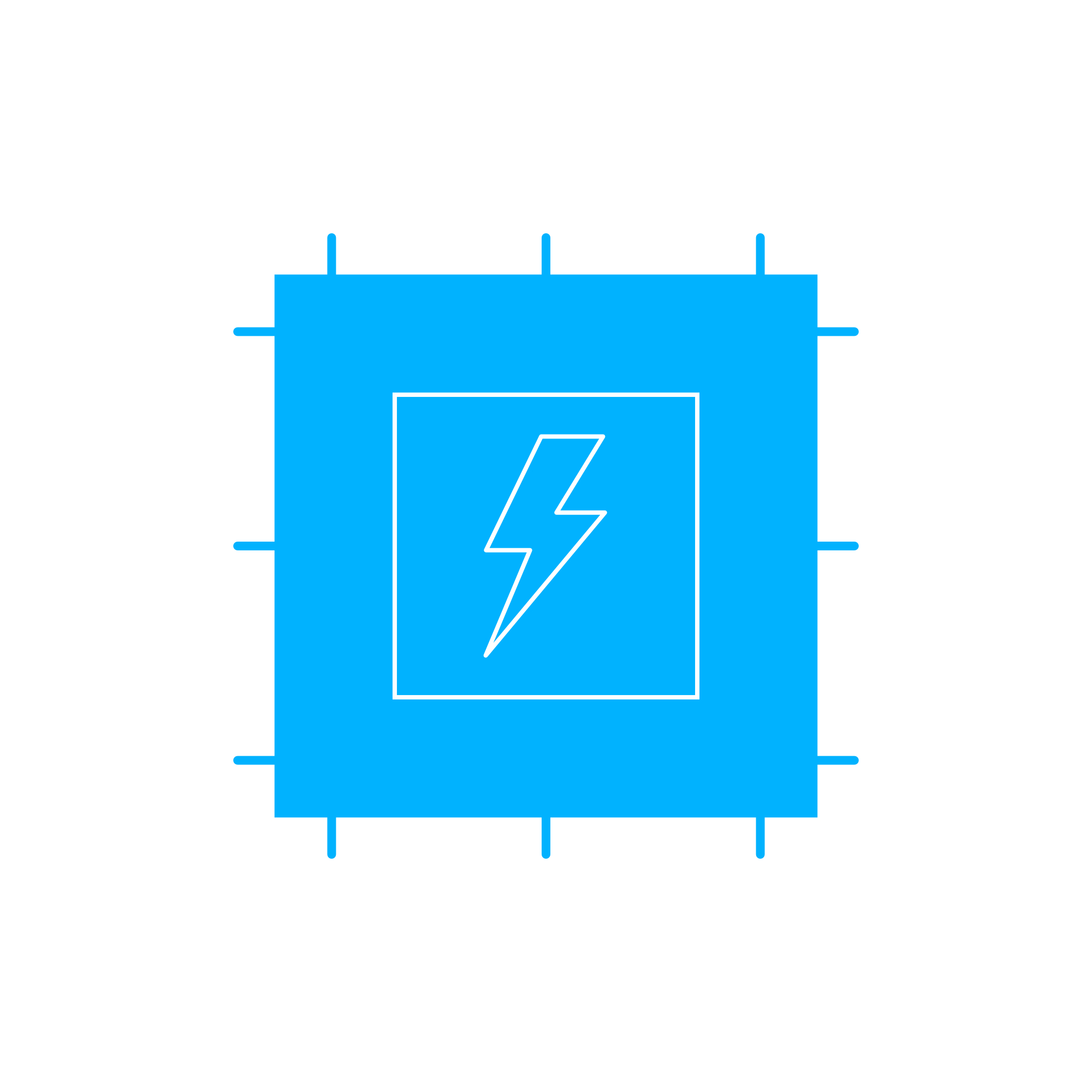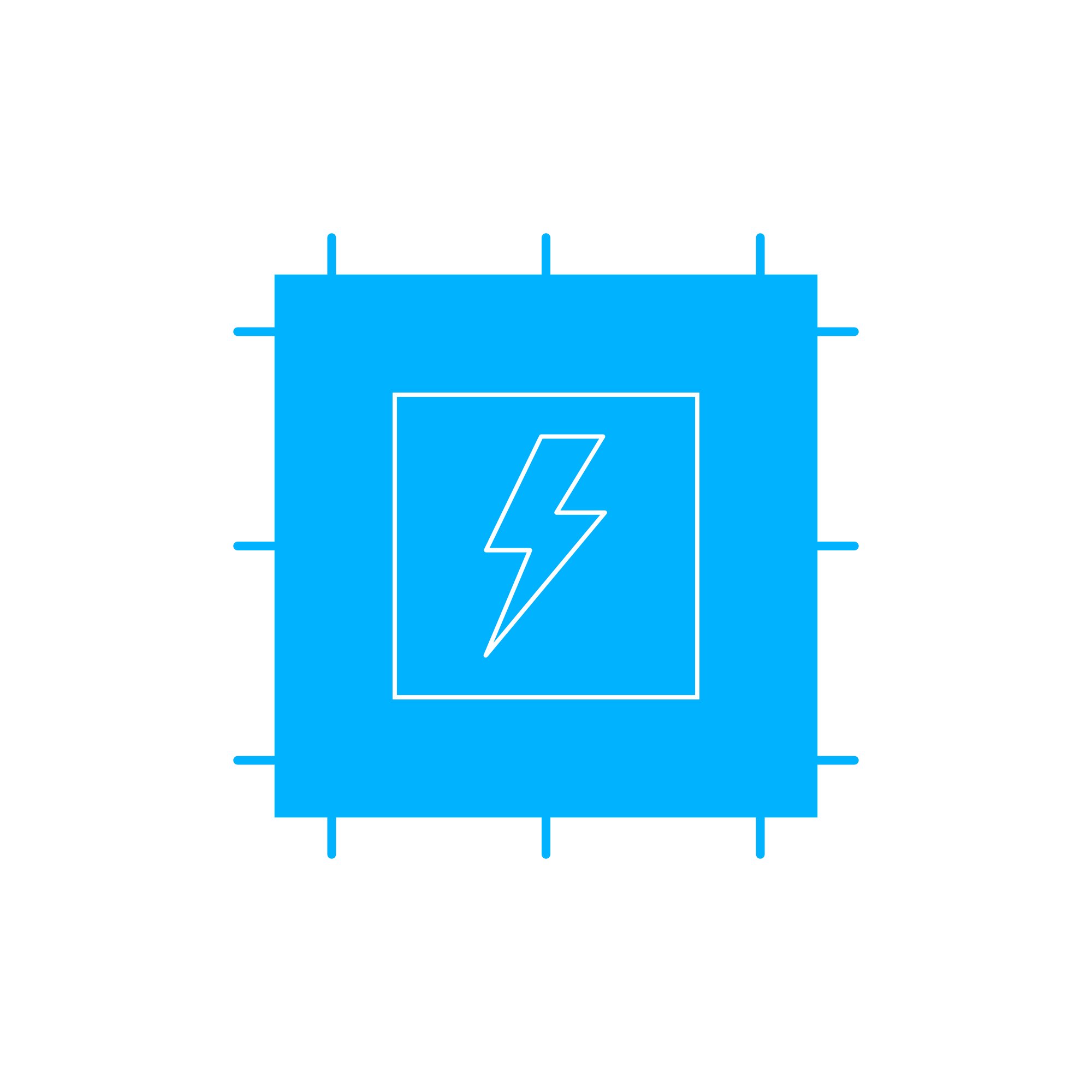COIL Electric Components and Switches
Electric components and switches form the nervous system of modern diesel and gas engines. From start-up to shutdown, they distribute power, process signals, trigger actuators, and protect critical systems. Within this category, the COIL is central—appearing in solenoid valves, relays, contactors, ignition modules for gas engines, and safety interlocks used across marine engine rooms and power generation sets. Together, these devices translate electronic control logic into precise mechanical action, ensuring the engine starts reliably, meters fuel accurately, and shuts down safely when limits are exceeded.
For shipowners and technical buyers, robust electric components and switches are more than convenience—they are a primary lever for efficiency, availability, and compliance. Moisture, salt-laden air, vibration, and heat demand hardware engineered to marine and industrial standards. Correct COIL selection and compatible switching devices maintain stable current profiles, clean signal integrity, and predictable actuation times, which are indispensable for modern ECU-governed engines.
Technical function: how electric components and switches with COIL technology drive engine performance
In a diesel engine or gas engine, electric components and switches manage energy and information. A solenoid COIL in a fuel shut-off valve magnetizes a core when energized, moving the plunger to allow or block fuel flow. In a relay or contactor, the COIL actuates contacts that route power to starters, preheaters, lube oil pumps, or jacket water pumps. In gas applications, an ignition COIL steps up low-voltage DC to high voltage to fire plugs at precise crank angles. On a marine engine, COIL-driven actuators also modulate air flaps, wastegates, or emergency trip devices under ECU command.
These functions rely on well-defined electrical behavior: coil resistance to set current draw at 12/24 VDC, inductance to shape rise time, insulation to endure temperature and vibration, and integrated suppression (diodes, TVS, or RC snubbers) to control flyback voltage and protect controllers. Switches—pressure, temperature, speed, and level—convert physical states into clean digital or analog signals routed through shielded harnesses to the governor or ECU. Ruggedized connectors (e.g., Deutsch DT, AMP Superseal, M12) and IP67/IP69K housings ensure service continuity in harsh environments. EMC-compliant layouts, ferrites, and proper grounding prevent noise from alternators and inverters from corrupting speed pickup signals or CAN bus communication.
Across engine platforms, specifications matter: insulation class (often F or H), duty cycle (intermittent vs. 100% ED), coil power (W), pick-up and drop-out voltages, contact ratings (DC inductive loads), and approvals relevant to marine applications (e.g., DNV, ABS). Selecting the correct COIL marine engine configuration or COIL diesel engine coil pack ensures the actuator achieves full stroke without overheating, while maintaining response time and longevity.
- · Fast, repeatable actuation for precise fuel and air control.
- · Robust coil insulation for high-temperature engine rooms.
- · EMC stability for clean signals and ECU protection.
- · Corrosion-resistant terminals and sealed connectors.
- · Defined pick-up/drop-out points for reliable switching.
- · IP67+ housings for moisture and spray resistance.
- · Vibration-optimized construction per ISO 16750.
- · Integrated surge suppression to extend controller life.
- · Form-fit-function alignment with engine harnesses.
Importance for engine operation: reliability and service life depend on healthy COILs and switches
When electric components and switches drift out of spec, the entire engine is at risk. Elevated COIL temperature accelerates insulation breakdown, causing shorts or open circuits that disable fuel shut-off valves or starter contactors. Contact pitting increases resistance, generating heat and voltage drops that starve actuators or the ECU. Intermittent pressure or temperature switches lead to nuisance trips, or worse, a failure to trip during real over-limit conditions. In gas engines, degraded ignition COIL output causes misfires, elevated emissions, and detonation risk.
Consequences range from hard starts and unexplained shutdowns to black smoke from mis-metered fuel and premature turbocharger wear. On vessels, that can mean off-hire costs and safety exposure. Proactive testing—measuring coil resistance, monitoring current ramps, verifying contact bounce times, and insulation testing—helps predict failures before they stop a voyage. Spec-correct replacement of the involved COIL and matched switchgear restores the designed actuation force, timing, and dielectric margins, sustaining long service intervals and stable fuel efficiency.
Advantages of OEM spare parts suitable for electric components and switches
OEM spare parts suitable for this category deliver the exact electrical and mechanical properties the engine control strategy expects. COIL OEM parts are wound to the specified resistance and inductance, deliver the defined force at a given voltage, and include the correct suppression so the ECU’s output stages run within safe thermal limits. Contact materials, spring forces, and sealing geometries match the original design intent, ensuring switch thresholds and contact life meet the engine maker’s data.
This alignment reduces troubleshooting time, prevents signal integrity issues on the CAN or Modbus network, and avoids hidden costs from repeated replacements. With OEM spare parts suitable for electric components and switches, buyers secure predictable MTBF, easier classification approvals, and stable performance under marine duty cycles. The result is lower total cost of ownership through fewer unscheduled stops, optimized fuel burn, and extended component life.
MOPA: your partner for COIL electric components and switches
MOPA supports purchasers and operators with a focused portfolio of OEM spare parts for Electric components and switches, covering diesel and gas engines across marine and stationary applications. Customers benefit from rapid sourcing, documented quality, and secure, traceable trade—complete with conformity records and test data where applicable. Our team understands the nuances of COIL selection—from voltage and duty cycle to connector coding and EMC—and helps you specify parts that drop into existing harnesses without re-engineering.
Whether you need a fuel shut-off solenoid COIL for a diesel engine, an ignition COIL for a genset, or compliant safety switches for a marine engine classed by DNV or ABS, MOPA moves fast. Tight logistics, careful packaging, and clear communication reduce lead times and risk. We help keep assets online with the right OEM parts, shipped reliably and backed by rigorous supply chain controls.
Conclusion: COIL components and switches safeguard efficient engine operation
Electric components and switches—especially the COIL at the heart of relays, solenoids, and ignition systems—are fundamental to engine performance, efficiency, and safety. Selecting OEM spare parts suitable for Electric components and switches ensures precise actuation, stable signals, and long service life, keeping diesel and marine engines running to plan.







